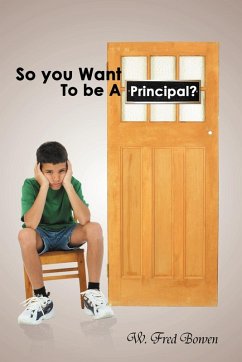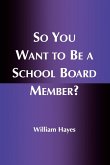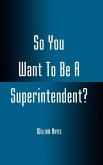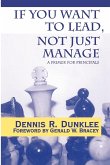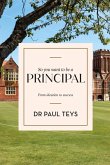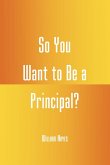How to write what you want to say: a guide for high school students who know what they want to say but can't find the words provides parents, teachers and students with a unique tool for improving writing and suits students from the middle years of schooling to tertiary level. The idea for this book came from the author's experiences with her own children, especially Elizabeth, who was pursuing tertiary studies at the time of writing. Students struggle with putting into words what they want to say, especially when the "saying" involves writing. It has been Patricia's experience that students need help to develop the language that mature writers use. In this books there are sentence starters and key connectives that students use when demonstrating a particular writing skill. Language is the way that it is because of the job that it does, and letting students into the secret of this makes a significant difference to the quality of the work they produce. Feedback on How to write what you want to say: How to Write What You Want to Say fills a gap that existed in resources for students in that it draws together relevant elements that comprise a thinking skill. At a glance, students are able to see a definition, sentence starters, connectives, task words and an example which demonstrates the interaction between all the aspects of the skill. The beauty of this book is that the focus is on skills and not content making it suitable for use across the curriculum. Staff love the fact that we have a now have a great tool to use when teaching the all-important skills that are common to all curriculum area and an integral part of the Australian Curriculum. Students love the sensible, easy-to-follow layout. Pat has taken a range of complex skills and broken them down so that staff, students and parents can see the formula that lies behind quality writing. The real proof of the quality of the book is the almost immediate positive impact its use has had on the way in which students write. A must for educators and students. Ellen Kean - Head of Department, English and LOTE, Toolooa State High School I have found that the 'Little Blue Book' has made teaching writing a lot easier. It helps with writing criteria sheets and, when a student gets stuck for sentence starters, it is great to be able to offer a couple of options. Creating exemplars for students has been made easier as well. Rebecca Glynn - Learning and Teaching Coach How to Write What You Want to Say has been one of the most valuable teaching resources that I have stumbled across. As a teacher, it has given me the confidence to teach studentshow to approach key task words and has allowed me to develop a framework for breaking down in-class and assessment tasks. For my students, I have witnessed many of them experiencing the 'light-bulb' moment when they read the definition of the task word and then see it in action. The sentence starters have also given them the confidence to know that they are 'starting off on the right foot' and it's exciting to see their work improving as they incorporate more of these. It is a resource that I highly recommend to all of my teaching colleagues! Amanda Favier - Teacher
Bitte wählen Sie Ihr Anliegen aus.
Rechnungen
Retourenschein anfordern
Bestellstatus
Storno


